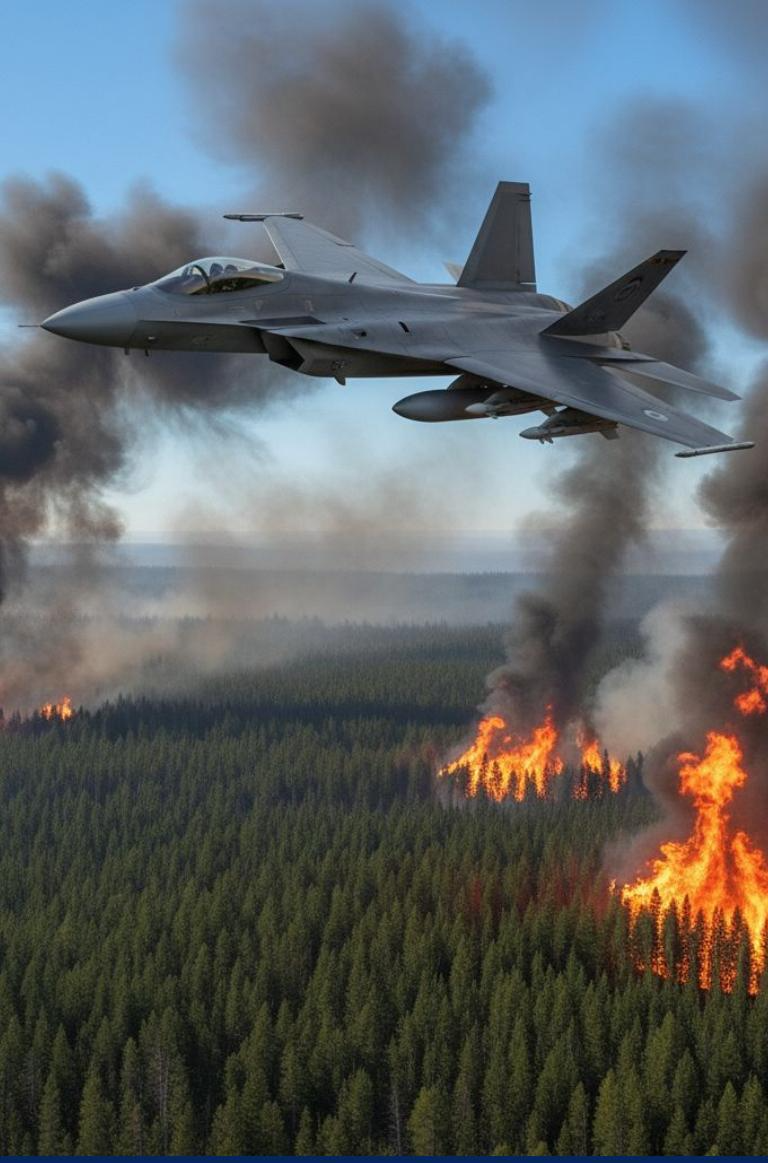Next-Generation Wildfire Response System
What if we approached wildfire protection with the same technological sophistication as modern aerial defense systems?
Coordinated Multi-Domain Operations
Integrated Sensor Networks
- Multi-spectral satellite surveillance
- Distributed ground sensor arrays
- Atmospheric monitoring systems
- Real-time thermal imaging
- Advanced terrain mapping
AI-Enabled Mission Management
- Millisecond decision cycles
- Predictive risk analysis
- Dynamic resource allocation
- Autonomous mission planning
- Real-time strategy adaptation
Connected Response Assets
- Synchronized multi-platform operations
- Mesh network communications
- Resilient coordination and control
- Swarm collaboration algorithms
- Fail-safe autonomous behaviors
Resilience-Grade Capabilities
- Hazard Detection: Early warning systems with sub-meter accuracy
- Rapid Response: Automated suppression and countermeasure deployment
- Coordinated Command: Multi-layer decision architecture
- Mission Assurance: Redundant systems with graceful degradation
- Operational Persistence: Sustained effectiveness in adverse conditions
Transformative Paradigm
This system represents a quantum leap in emergency response capabilities, applying cutting-edge defense-inspired technologies to civilian protection. It demands expertise in:
- Advanced autonomy
- Multi-agent systems
- Sensor fusion
- Mission management
- Resilient architectures
Explore the System Requirements to see how these capabilities translate into technical specifications, and review the Environment Simulation digital twin technology that makes validation and testing possible. See the complete Work Breakdown Structure for the project organization.
